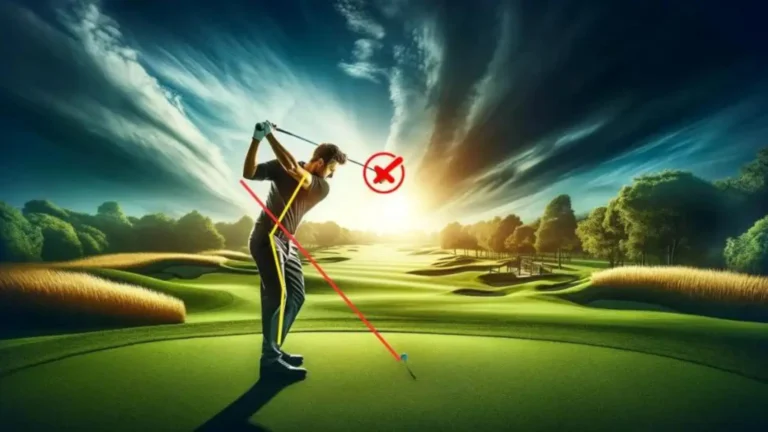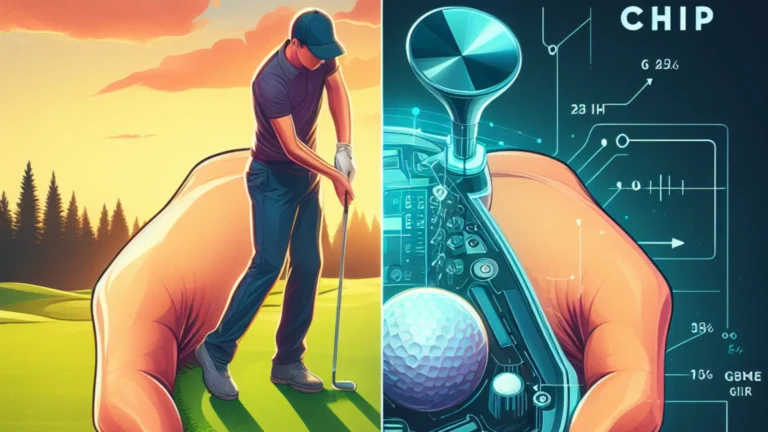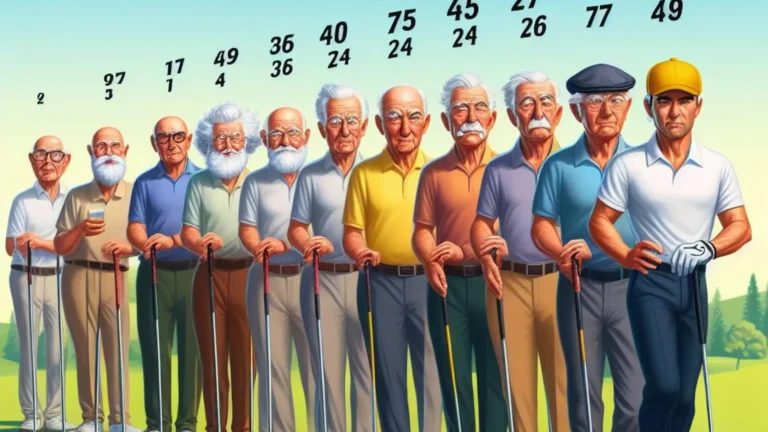The Perfect Golf Stance: Setting Up For An Ideal Driver Shot
A proper golf stance is critical for consistently hitting accurate and powerful drives off the tee. Your stance provides the foundation that allows your body to efficiently produce clubhead speed while also enabling you to strike the golf ball solidly and control the direction of your shots. Developing an ideal stance tailored to your body type and swing is crucial to maximize your driving distance and accuracy.
When setting up to hit a drive with your driver, one of the most important things is getting into a Perfect Golf Stance from which you can then make your fullest swing. Your stance impacts factors ranging from balance and weight distribution to spine angle and ball position, all of which significantly influence the quality of your shots. The “perfect” driver stance may vary slightly between golfers depending on physical attributes and swing mechanics. However, there are some fundamental elements that all good driver stances have in common in terms of foot positioning, knee flex, spine tilt, arm hang, and other positional benchmarks. Mastering these key aspects will enable you to consistently strike powerful and accurate tee shots.
Foot Positioning
Proper foot positioning lays the foundation for a productive driver stance. Aim to align your feet roughly shoulder-width apart, with your front foot flared outward at around 30 degrees to allow for ample hip rotation in your downswing. The majority of your weight should be resting on the arches of your feet, with your toes providing some added stability.
Position the golf ball off your front heel at a location that allows you to strike it before reaching the ground on your downswing arc. Wider stances promote stability while narrower stances encourage turning, so find the width that works optimally for your body type and tempo.
Knee Flex and Hip Angle
The amount of flex in your knees partially dictates the tilt of your spine and hip angle. Maintain some athletic flex in both knees to enable a balanced center of gravity. Bend forward slightly from your hip joints rather than excessively rounding your lower back. Find a hip tilt that gets your torso properly inclined over the golf ball in preparation for an efficient downswing sequence. Avoid locking out your lead leg completely at address, as keeping some flex promotes fluid weight transfer onto your front side as you strike the ball.
Spine Angle and Shoulder Alignment
An ideal driver stance has your shoulders and spine properly aligned for peak rotational power. Tilt forward from your hip joints rather than hunching over, keeping your spine relatively straight but angled matching the tilt of your front shoulder plane. Allow your arms to hang down naturally rather than hugging your chest tightly.
Positioning the club handle lightly in your fingers enables your arms and shoulders to swing freely through impact. Keep your head still with your eyes focused just in front of the golf ball. Maintaining spine angle supports consistent ball-striking, while free arm movement generates faster club speeds.
Ball Position and Weight Distribution
Ball position and weight distribution are also vital elements of an effective driver Perfect Golf Stance. Place the golf ball forward in your stance, even with or slightly ahead of your front heel. This forward ball position encourages sweeping upward and striking the bottom half of the ball first to launch towering tee shots.
Set up with 60% or more of your weight distributed onto your front foot, keeping just enough weight hanging back to drive into the downswing. Allow some secondary spine tilt away from the target to help launch the ball high. Positioning the majority of weight on your lead side, coupled with forward ball position, powers penetrating drives.
Putting the Pieces Together
Integrating proper foot alignment, spine and shoulder angles, knee flex and hip tilt will put your body in an athletic stance that blends stability and fluidity. Finding the optimal blending of these elements tailored to your build and abilities is the blueprint for maximizing driver distance and control. Start by standing upright and then lowering into your personalized stance, avoiding contortions or discomfort.
After assuming your stance, make some smooth, balanced practice swings to ingrain ideal positions and feels. Refine from there, making small tweaks until you feel poised to unleash full speed drives.
Grooving Your Stance
Like other aspects of the golf swing, your stance operates best when grooved to be repeatable across many drives. Commit frequently practiced positioning to your muscle memory through visualization techniques and stance training aids. Place alignment sticks or a split bag under your armpits while you take your stance to keep shoulders and spine properly configured throughout the swing.
Practice your stance without a club, ensuring proper balancing of athleticism and stability. Becoming adept at rediscovering your personalized ideal stance will translate to great driving.
Matching Your Stance to Common Driver Shot Shapes
The perfect stance for launching towering drives down the fairway???s center may require adjustment to hit controlled fades and draws. A straight stance features equal weight distribution and square alignment through your feet, knees, hips and shoulders. Promoting fades requires aligning your back foot, knee and hip outward with weight shifted onto your back leg.
Move your front foot, knee and hip inward while transferring weight forward to shape controlled draws. Mild to moderate tweaks are often sufficient, so avoid dramatic realigning. Be sure to make incremental positional changes in setup and retain balanced athletic motion in your swing when curving drives.
Stance Adjustments for Trouble Shots
Even when you have grooved an ideal standard driver stance, making further refinements can compensate for errors causing off-center strikes. If you are hitting shots fat and making ground contact before the ball, adjust your stance wider and more upright to sweep the driverhead upward into the back of the ball.
For thin shots topped off the crown, narrow your stance with more knee flex and forward lean for steeper attack angles. If pushed shots sail right, target an open stance alignment promoting in-to-out swing paths. For big duck hooks left, assume a closed stance and strong grip biasing out-to-in attack. Always retain athletic balance during any stance changes rather than twisting uncomfortably.
Customizing Elements for Your Build and Attributes
An overriding principle in developing a great driver stance is remembering that no one position fits all golfers equally. Tweak general parameters around foot flare angle, knee flex or spine tilt to best match your proportions and flexibility. Similarly, adjust ball position and weight distribution to complement your typical swing tendencies or correct flaws.
For example, stronger and less flexible players may benefit from narrower foot placement and a slightly more upright spine angle. Conversely, average to tall players able to make lengthier swings often gain advantage from wider stances and more tilt at address. Ensure all personalized variations keep your body poised powerfully on balance over the golf ball.
Conclusion
Achieving a properly aligned, balanced and athletic stance serves as the launching pad for consistently blistering drives off the tee with accuracy and control. Master fundamental attributes including foot alignment, ideal knee flex and hip tilt placing your spine at optimal address angle. Allow your arms to hang naturally while gripping the club lightly with the handle resting in your fingers. Position the golf ball aligned with or just ahead of your front heel, while distributing the majority of weight onto your front side. Groove a repeatable stance tailored to your body that positions you to swing the driverhead powerfully on plane through impact. With personalized refinement and continual practice, your ideal driver stance will soon feel like second nature resulting in consistently spectacular drives.







